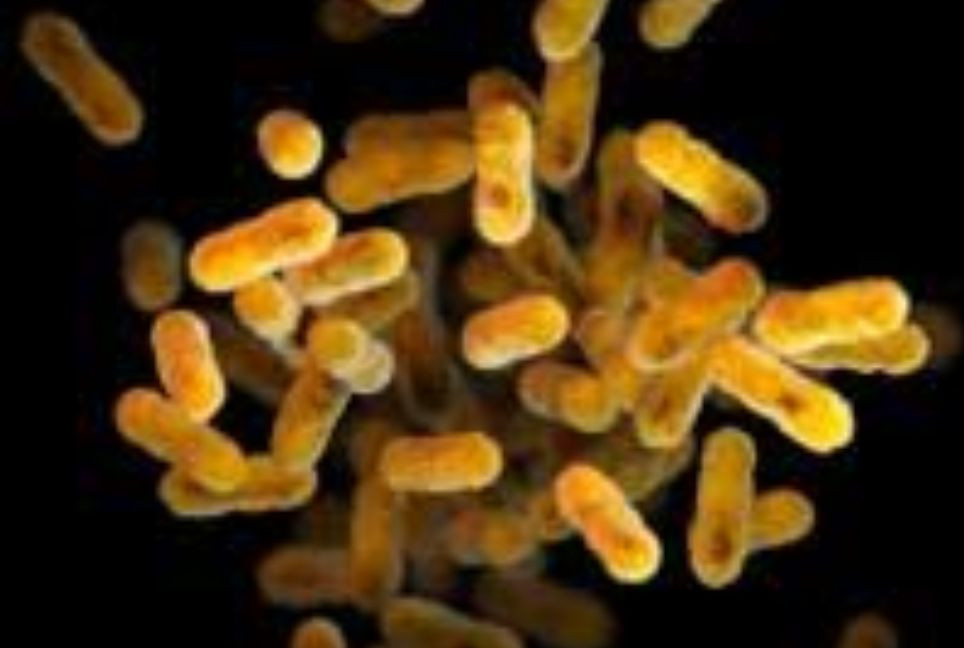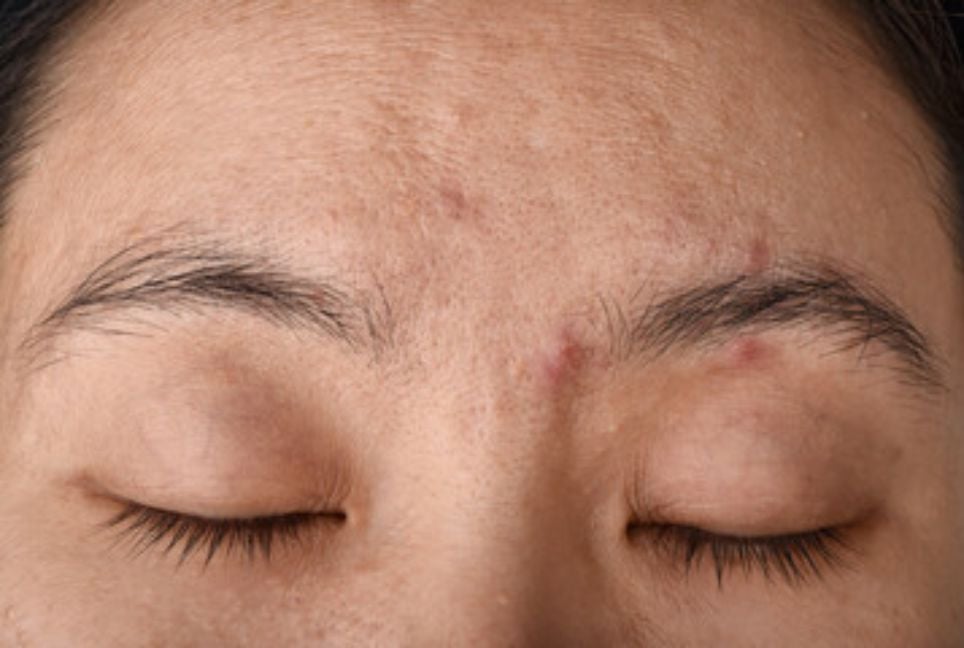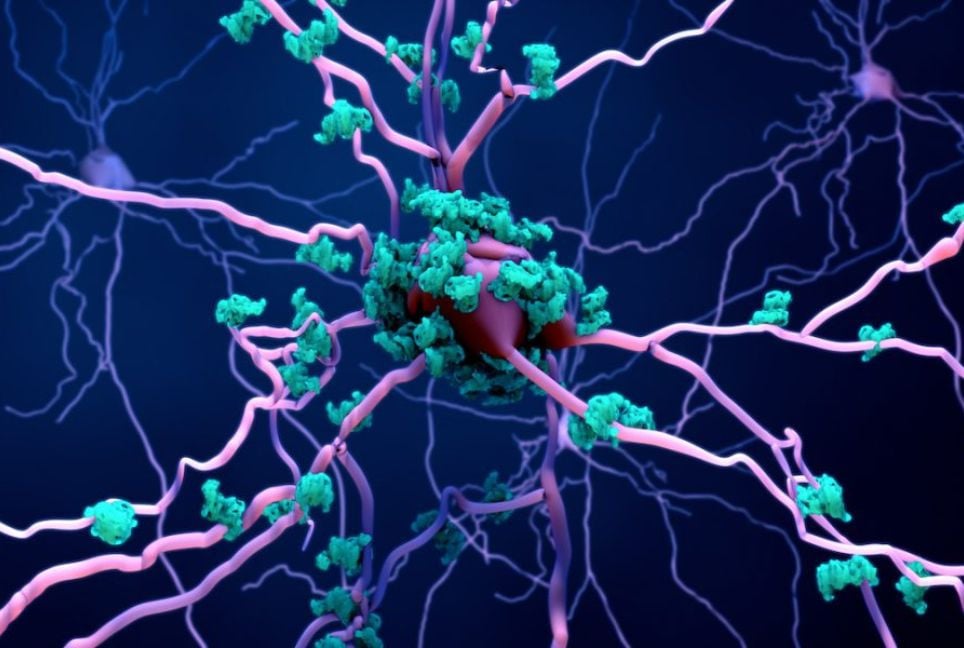A recent study reveals that brain samples from cognitively normal individuals collected in early 2024 contained more plastic particles than those taken in 2016. On average, brain tissue had seven to 30 times more plastic than kidneys or liver.
Co-lead study author Matthew Campen from the University of New Mexico explained that the brain samples contained 4,800 micrograms of plastic per gram, equivalent to the weight of a plastic spoon. This marks a 50 per cent increase in plastic levels compared to 2016.
Dementia-related findings
The study also found a higher concentration of plastic fragments in the brains of individuals diagnosed with dementia. These plastic shards were primarily located in the brain's arteries and immune cells. However, Campen stressed that the elevated plastic levels could be a consequence of dementia, not the cause, as the disease impairs the blood-brain barrier.
Health risks of nanoplastics
The study’s findings raise questions about the potential health risks of nanoplastics, which are small enough to cross the blood-brain barrier. Nanoplastics can disrupt cellular processes and carry harmful chemicals like endocrine disruptors, which are linked to reproductive health issues. Pediatrician and Professor Dr. Philip Landrigan explained that plastics are a growing threat to human health due to increased production and exposure.
Nanoplastics in the brain
The research, published in Nature Medicine, studied tissues from forensic autopsies, comparing brain samples from 1997 to 2024. It found that the smallest nanoplastics, around 100-200 nanometers, are likely being pulled into the brain due to its high fat content. Nanoplastics, known for their ability to infiltrate cells, are particularly concerning as they could accumulate in the brain.
Sources of exposure
Diet is the primary route for nanoplastic exposure, although inhalation from air pollution also plays a role. Dr. Landrigan noted that plastic particles from tires and ocean waves can become airborne, contributing to the problem.
Reducing plastic exposure
Experts suggest reducing plastic use to limit exposure, especially avoiding single-use plastics. Simple actions like removing food from plastic wrapping before cooking and using reusable bags can reduce plastic footprint. Campen advocates for stronger regulations to limit harmful chemicals in plastics, as current research reveals growing concerns over their health effects.
While the link between plastics and neurological diseases like dementia remains unclear, the growing presence of microplastics and nanoplastics in the human body calls for more research to understand their potential long-term health impacts.
Source: CNN
Bd-pratidin English/Fariha Nowshin Chinika






































































